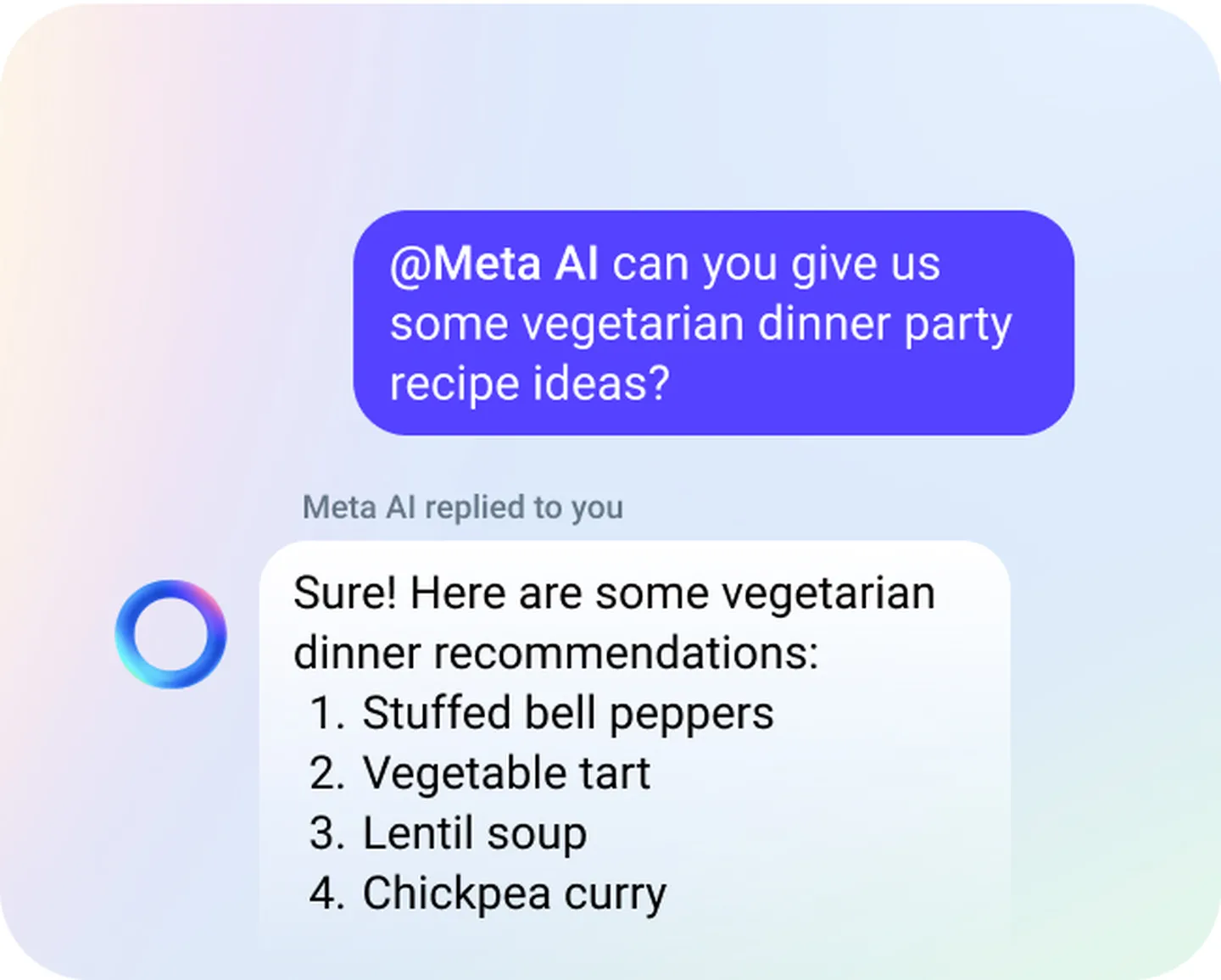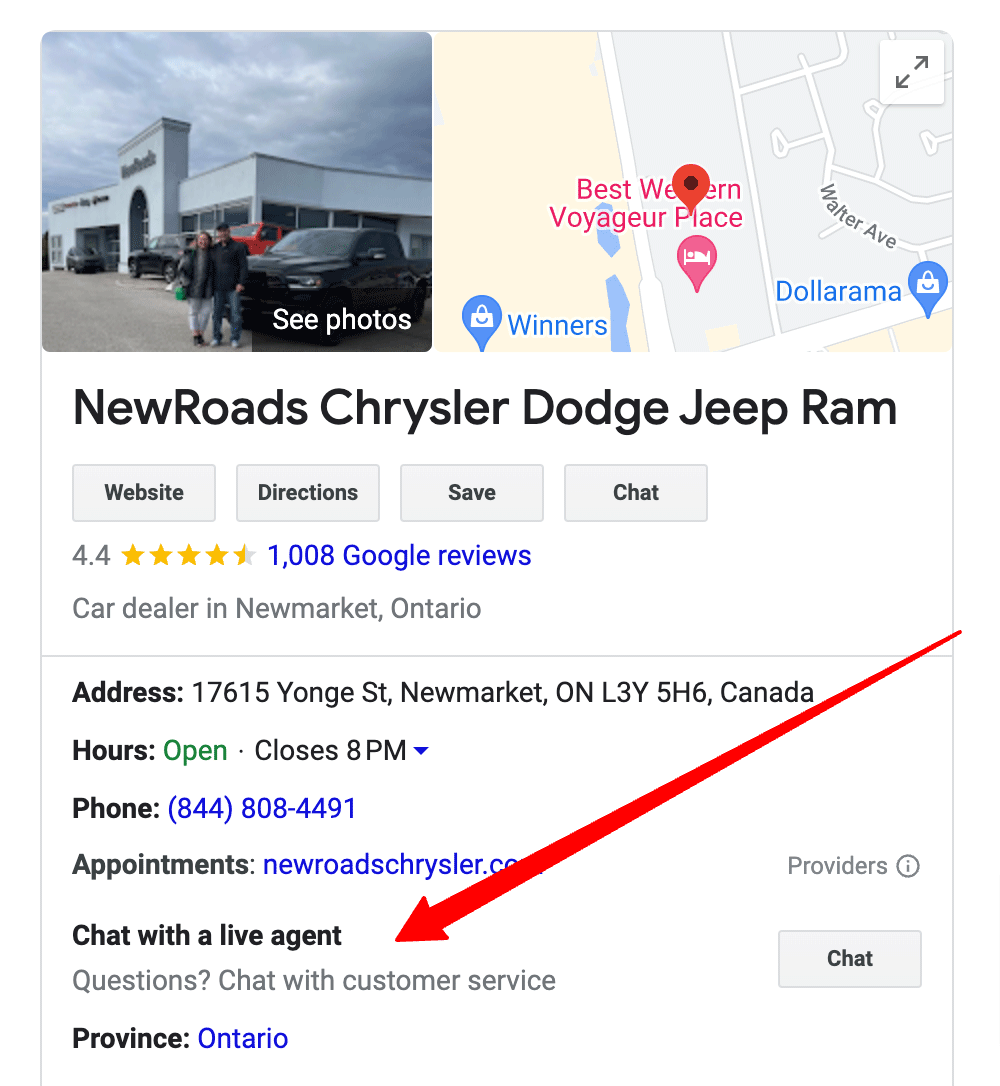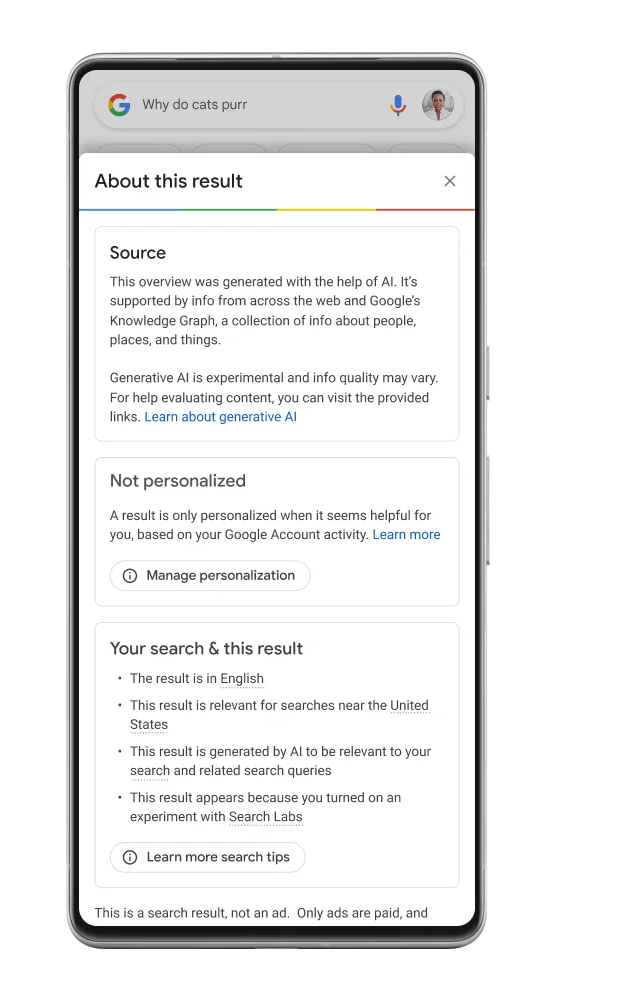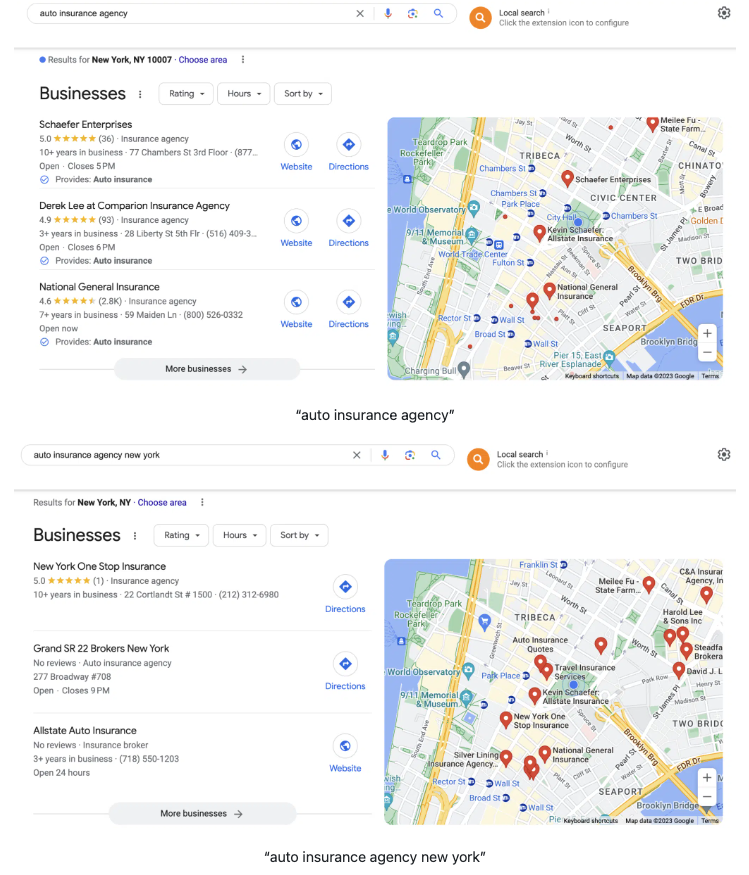What Are AI Agents? And Why Are They Critical to Local Marketing Success?
Local Memo: Meta Launching AI Chatbots Across Platforms
Local Memo: Meta Launching AI Chatbots Across Platforms
In this week’s post, learn about Meta’s launch of chatbots across its platforms; ChatGPT’s reintroduction of web browsing; “Chat with a Live Agent” in Google Business Profiles; SGE updates from Google; implicit and explicit local queries; and tips for optimizing your hours of operation.
Meta Launching AI Chatbots Across Platforms
Meta is launching an AI chatbot in several of its platforms, including Messenger, Instagram, and WhatsApp, according to reporting in The Verge. The beta launch is limited to US users. The chatbot experience is based on the large language model called Llama 2, developed at Meta, but appears to have been specially trained to offer a conversational user experience that is friendlier and less “robotic or bland” than other chatbots, according to the company. In addition, Meta’s chatbot can assume personas or “embodiments” of various celebrities like Paris Hilton or MrBeast, or take on the role of a professional such as a travel agent. The chatbot further differentiates itself by offering a live web connection out of the box, using the Bing search engine; providing image generation functionality with the prompt “/imagine”; and enabling more personalization by remembering prior conversations.
Meta’s announcement states that developers will soon be able to use APIs to build third-party AI tools for distribution on Meta’s platforms, and that brands will be among the beneficiaries: “Businesses will also be able to create AIs that reflect their brand’s values and improve customer service experiences.”

Courtesy Meta / The Verge
ChatGPT Reintroduces Web Browsing
In an announcement on X posted on September 27, OpenAI stated, “ChatGPT can now browse the internet to provide you with current and authoritative information, complete with direct links to sources. It is no longer limited to data before September 2021.” Previously, ChatGPT was limited in its access to information by the cut-off date of its training dataset. Now that the chatbot is connected to live web browsing via Bing, this limitation no longer applies, at least for Plus and Enterprise users. OpenAI says the feature will roll out to all users soon.
The Bing plugin was actually first launched back in May, but turned off again when rumors circulated that ChatGPT was delivering gated content to users from subscription-only sites. Now, OpenAI says that websites can use robots.txt to block the GPTBot, the company’s dedicated web browser, thus blocking their content from appearing in ChatGPT results. According to reports, the GPTBot is currently blocked by 26% of the top 100 websites.
OpenAI is also launching voice and image support for ChatGPT. Users will be able to enter images as prompts and to interact with the chatbot using voice-based queries and Siri-like spoken responses. For the voice feature, users can configure ChatGPT to speak in one of five voices. For visual inputs, users can upload photos or use a built-in drawing tool.
ChatGPT can now browse the internet to provide you with current and authoritative information, complete with direct links to sources. It is no longer limited to data before September 2021. pic.twitter.com/pyj8a9HWkB
— OpenAI (@OpenAI) September 27, 2023
Google Rolling Out “Chat with a Live Agent” in Business Profiles
Some public Google Business Profiles are now displaying a “Chat with a Live Agent” prompt, according to various reports. The feature has been in a testing phase since around May but now appears to be rolling out to more users. Joy Hawkins reports that the feature appears to be live on all business profiles where the Messages feature is enabled, with the exception of service-area businesses whose address is hidden. Clicking the “Chat” button presumably launches a new Messages session.

Image courtesy Search Engine Round Table
Google Announces SGE Updates
In a blog post, Google has announced that Search Generative Experience (SGE) will be made available to teen users aged 13 to 17. Google says this move is partly in response to positive feedback on the usefulness of SGE from younger users. Google says it has implemented stricter guardrails to protect teen safety, and has published a new AI Literacy Guide for teens and families.
Google has also launched an “About this result” feature that helps to explain how SGE generated specific responses, including whether the response was influenced by personalization. The company also reports that it is working to make SGE more resistant to queries with false or offensive premises — perhaps an oblique acknowledgment of the offensive SGE responses discovered by SEO commentators like Lily Ray.
Like OpenAI, Google is also offering publishers the option to block the acquisition of content for training AI models.

Image courtesy Google
The Importance of Implicit vs. Explicit Local Queries
A detailed article by Elizabeth Rule of Sterling Sky helps to explain the distinction between implicit and explicit local queries. An implicit query would be something like “ice cream shops,” where local intent is implied but not stated outright, whereas an explicit local query adds a geo-modifier, as in “ice cream shops in San Diego.”
Rule notes that although organic search results may be similar for implicit and explicit queries, local results such as those in Google Maps are often very different. Simply put, this is because proximity as a ranking factor matters less for explicit queries than for implicit queries. When a geo-modifier is included in a search, Google uses the center of that geographical area as the middle of the search radius. When a geo-modifier is not included, Google places the user at the center of that radius.
Rule points out that implicit queries are often much more competitive and hard to rank for, whereas explicit and niche queries can both be easier targets for optimization, since location and niche services can both be called out in website content and to some extent in business profiles.

Courtesy Elizabeth Rule / Search Engine Land
Tips for Using Business Hours to Stand Out in Search
Phil Rozek offers another useful post for getting the most out of Google Business Profiles, this time focusing on hours of operation. Rozek says there are more opportunities to optimize performance using hours than most people realize. In particular, he suggests that you audit your competitors’ listings and deliberately set your actual hours of operation to be longer than theirs, or to make your business available at times when others are not. Doing this will cause your listing to appear as “open now” in searches during times when other businesses will show as closed. Google data can also be gathered on peak hours for specific search terms when running a Google Ads campaign.
Businesses can even include non-operational hours in their open times on Google if they employ an answering service so that they are technically available, according to Rozek. Businesses with multiple locations, practitioners, or departments can even spread availability between them to create the longest possible window of open times.
Keywords related to hours and availability can also be important, especially in certain industries; Rozek cites the examples of “after hours electrician,” “emergency veterinarian,” and others, as well as general time-based terms like “open late” or “open Sunday.” As appropriate, you should optimize your website or landing pages as well as your Google profiles with these terms.




